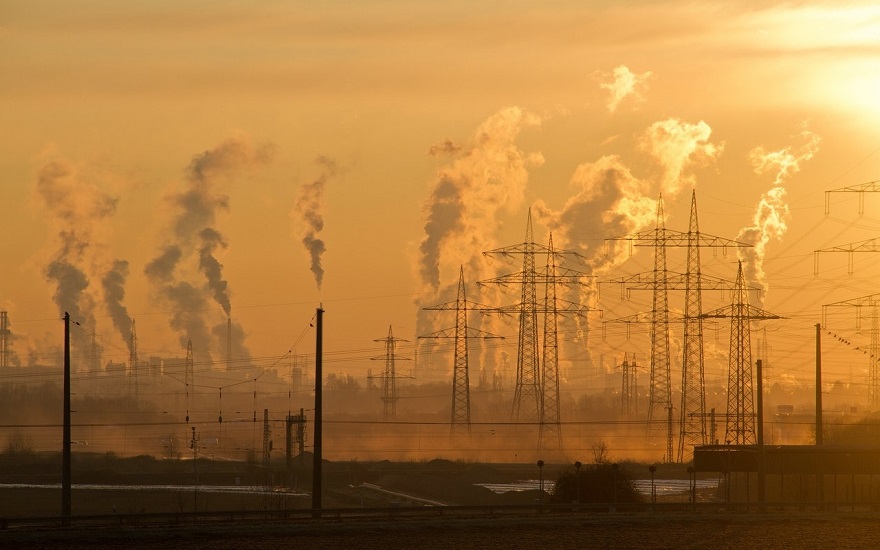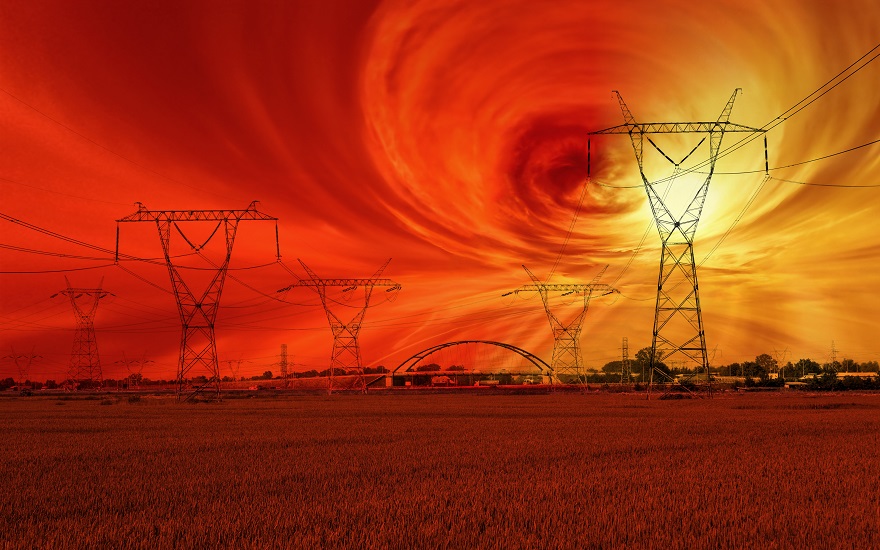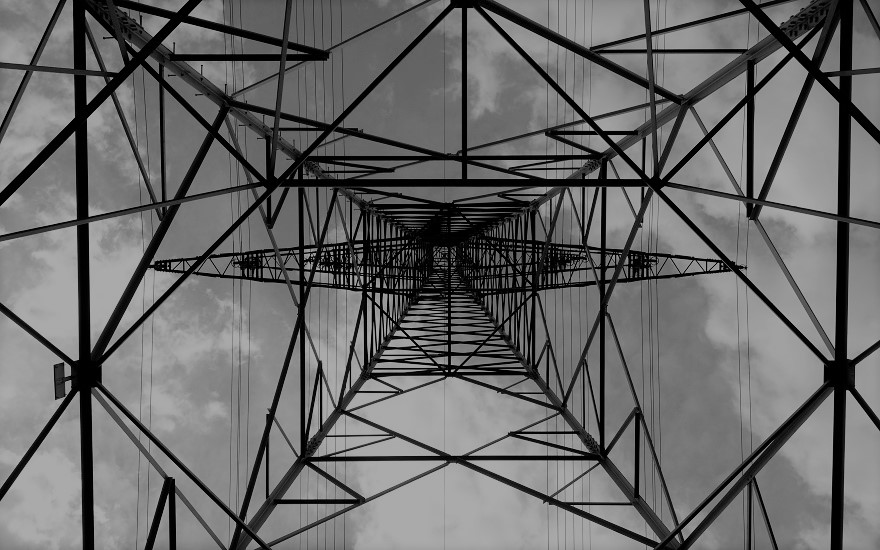South Africa energy crisis worsens as emergency load shedding cuts power to more than a third of the population.
Power problems have plagued South Africa for more than a decade.
The state-owned electricity company Eskom regularly has to impose emergency power cuts as generation struggles to keep up with demand.
Antiquated grid infrastructure and lacklustre maintenance are the main reasons for the ongoing issues, while Eskom – which supplies 95% of the country’s power – is also burdened with a 450 billion rand (approximately £24 billion) debt.
Load shedding has seemingly become the only option for the beleaguered power provider in recent years. This is the process of deliberately cutting power from customers for set periods of time to reduce the overall load and protect the wider grid from complete failure.
While obviously a huge inconvenience for residents and businesses alike, the short-term loss of power is seen as the least-worst option.
According to Eskom, the worst-case scenario of a total grid shutdown requiring a Black Start reboot one power plant at a time could take a fortnight to restore full power.
Eskom’s load shedding is based on eight different stages, each representing the removal of 1,000 MW of demand i.e. Stage 2 cuts power by 2,000 MW. Customers are disconnected for set periods of two or four hours at a time.
The Start Of The Crisis: 2007-08
It’s arguable the energy emergency was years in the making, but the first period of rolling blackouts in South Africa started late in 2007 and continued until the following May.
The power cuts were blamed on increased demand and a shortage of coal. Eskom was also criticised for continuing to export electricity to neighbouring countries even though it didn’t have the supplies to meet home demand. The firm halted exports in January.
Blackouts Revisited: 2014
A further round of load shedding became necessary in November following the collapse of a coal storage silo at the Majuba Power Station.
The plant produced approximately 10% of South Africa’s electricity, but the incident forced it offline completely.
A second storage silo cracked a couple of weeks later, temporarily shutting the plant down again.
Further issues impacted other power stations during December, instigating another spell of load shedding and temporary power cuts.
Diesel shortages limited activity at a couple of plants, while depleted water reserves hindered hydro-electric generation at the Drakensberg Pumped Storage Scheme and Palmiet Power Station.
As an example of the issues facing Eskom, on 4 November it was only able to supply 24,000 MW of power when actual demand was 28,000 MW.
In theory, the grid could generate more than 45,000 MW, but planned maintenance and unforeseen incidents such as the shutdown of Majuba led to a shortfall.
An Ongoing Problem: 2019-Present
In Spring 2019, a cyclone damaged pylons transporting electricity into the country from neighbouring Mozambique.
The loss of this imported power resulted in several days of emergency power cuts as Eskom struggled to keep up with demand.
Power problems have been virtually ever-present during Q4 of 2019. In October, coal and ash handling issues at the Medupi Power Station led to a drop in generation, kicking off several days of Stage 1 and Stage 2 load shedding.
The situation worsened in December, when flash flooding prompted the most severe blackouts seen in South Africa for more than a decade. Load shedding was required for several consecutive days.
The heavy rain ruined coal supplies, leaving several power stations including Medupi unable to operate effectively. South Africa President Cyril Ramaphosa even claimed that sabotage from an Eskom employee caused the loss of a further 2,000 MW of electricity.
As a result, Eskom had to escalate load shedding to Stage 6 for the first ever time. It was unable to deliver around 13,000 MW of its nominal capacity of 44,000 MW.
The power cuts forced many South African mines to close, causing significant economic damage to one of the country’s key export sectors. In 2018, mining contributed 351 billion rand (nearly £19 billion) to the South African economy, accounting for 7% of GDP.
Companies including Harmony Gold, Impala Platinum and Sibanye-Stillwater, the gold miners, had to cut production.
Any Sign Of A Solution?
In the midst of the December blackouts, Eskom’s Chief Operators Officer Jan Oberholzer admitted a lack of maintenance and neglect dating back more than a decade had left South Africa with an “unpredictable and unreliable” electricity system.
President Ramaphosa has called the ongoing power problems “devastating”. But he also warned “the energy challenges in this country will not be resolved overnight”.
Public Enterprises Minister Pravin Gordhan plans to split Eskom into several separate entities to generate internal competition, a move with has received mixed reviews.
Another option floated by Energy Minister Gwede Mantashe would be to approve new power generation projects. However, this would need approval from the electricity regulator and there’s no indication how long it would take for new plants to come online.
Either way, it’s unlikely any viable solutions can be implemented in the short-term.




